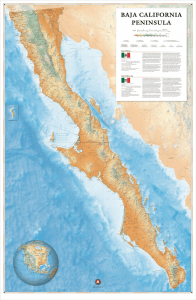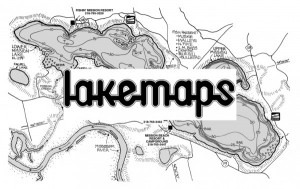Every year at the Esri User Conference, two exemplary maps are chosen from the hundreds of entries in the Map Gallery to receive the prestigious ICA-IMIA Recognition of Excellence in Cartography Award. Jointly sponsored by IMIA and the International Cartographic Association, this award has been presented annually since 2016, promoting and recognizing excellence in map design and advancement in cartography. This year judges selected from over 350 submissions, and the two winners for 2021 are:
On August 27, 2021, East View Map Link announced their latest acquisition of Lakemaps, a midwestern map publisher and established distributor focused on fishing maps and guides for hundreds of lakes in the United States.
Lakemaps was established in 1978 as a regional map publisher focused on the production of lake and river maps for anglers and outdoorsmen. Over the past 43 years, Lakemaps has published hundreds of maps covering bodies of water in Minnesota, Wisconsin, Iowa and Illinois and became a prominent distributor for other recreational maps and atlases.
East View Map Link will continue to make Lakemaps branded and distributed products available to existing physical retailers. Additionally, East View Map Link is committed to expanding the reach of Lakemaps products regionally and nationally by welcoming new customers in both the consumer and retail space, as well as updating and transforming the Lakemaps collection.

Save the Dates!
IMIA presents our annual Mapping Leaders Forum, a three part-series covering important industry topics and connecting executives from around the globe. Each hour-long discussion will be followed by breakout sessions for attendees to continue the conversation among their peers.
News from around the web






